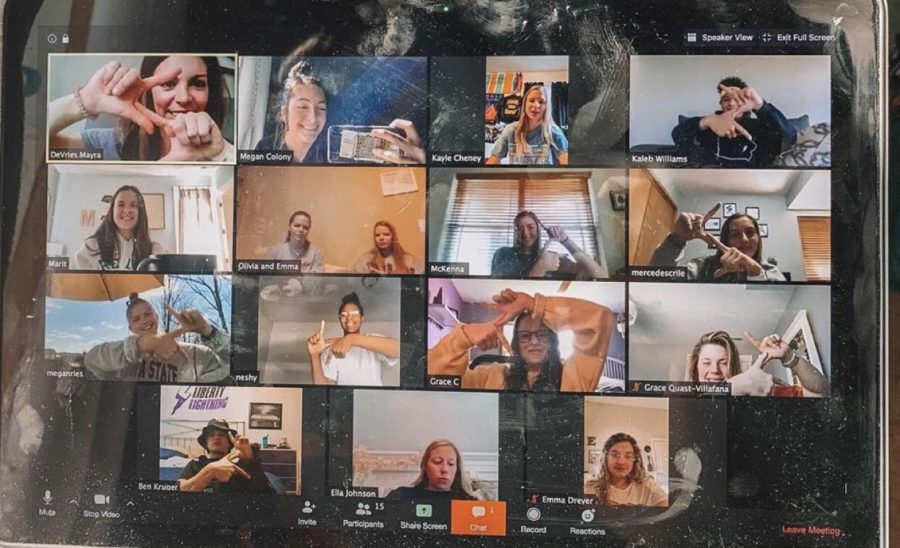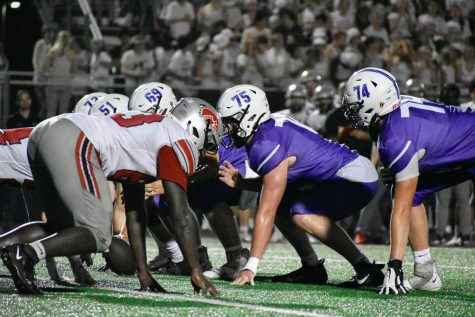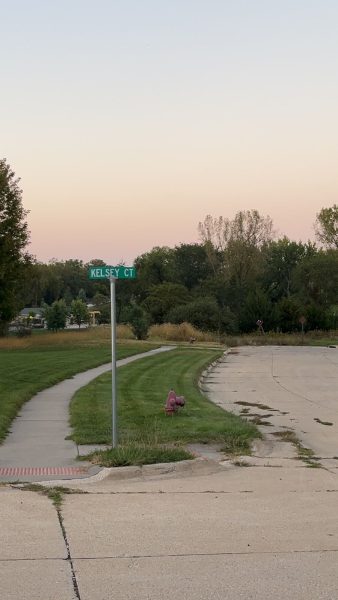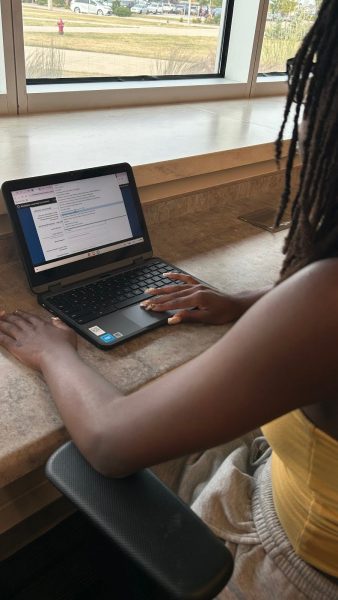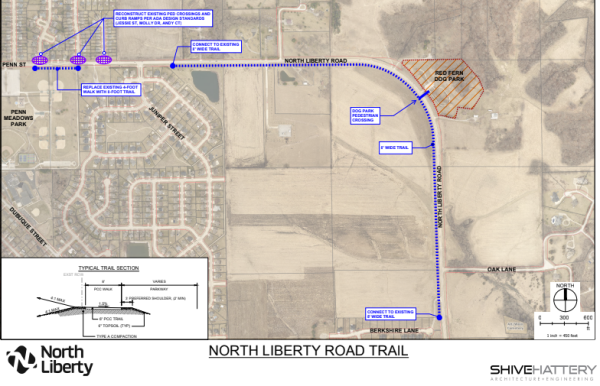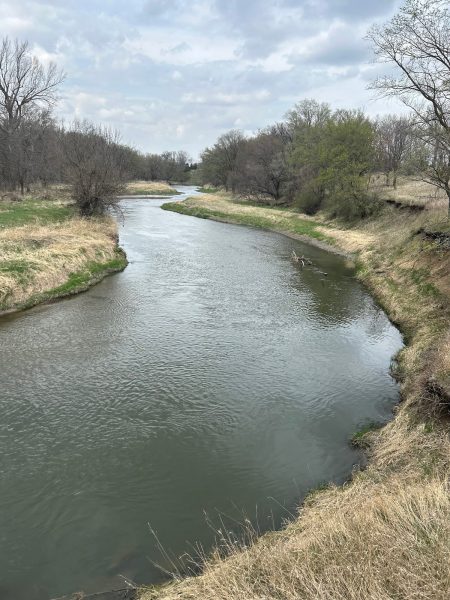What could fall 2020 look like?
With the 2019-2020 school year abruptly pushed online, many high schools and colleges are trying to anticipate what the return to the classroom will look like.
During quarantine, Liberty High PALs set up a Zoom call, a way for the class to communicate.
The COVID-19 pandemic has put life to a halt and nobody knows what the future will look like. However, many high schools and colleges are starting to prepare for the long haul.
The reality for high school students could be completely different from previous years. On April 27, the White House released a draft of how to reopen schools, restaurants, and other workplaces. The guidelines recommend that students don’t eat lunch in cafeterias and eat in classrooms instead. Desks should be as far apart as possible, ideally six feet or more. In most places, students would have to wear masks, and schools would have to constantly disinfect everything.
Other options include starting later in the year and ending later, having one-way hallways, or buses running at half capacity. Another solution being discussed is having half the student body learning in-person while the other half learn virtually one day, and then swapping virtual and in-person on the next day.
Liberty is also thinking about what next school year could look like.
“On one end is full ‘back in school’ mode. On the other end is 100% online learning for grades,” said Principal Scott Kibby. “And in the middle is a blended approach.”
However, Kibby did stress that nothing is certain.
“I wouldn’t say anything is determined or planned, but we are definitely thinking about a lot of ‘what ifs,’” Kibby continued.
Many high schools follow or acknowledge what in-state colleges do with closings. Because of this, looking at what colleges do could give some guidance to see what the future holds.
Options that could be a possibility in many colleges around the U.S. include block scheduling, a delayed start to the semester, and taking one course at a time.
Cornell College in Mt. Vernon already follows a block schedule and a one-course-at-a-time system. Due to the pandemic, however, Cornell announced that instead of one three-week class repeated eight times, their students will do a ten-block system. The additional two blocks give the school and students the flexibility to not start on time and still graduate in four years, or students can choose to fill all ten blocks with classes and help students achieve a three-year degree.
Another option could be going completely virtual. According to a survey conducted by American Association of Collegiate Registrars and Admissions Officers, “58 percent of respondents are considering or have already decided to remain fully online for fall 2020.” Another 73% of respondents are considering increasing, or have increased, the number of remote or online classes.
“Certainly nothing is finalized,” Kibby reiterated.

Lauren De Young, senior, is on the staff for the third year. At Liberty, she is involved in INSHOC, NHS, and journalism. Lauren loves volunteering, recently...



